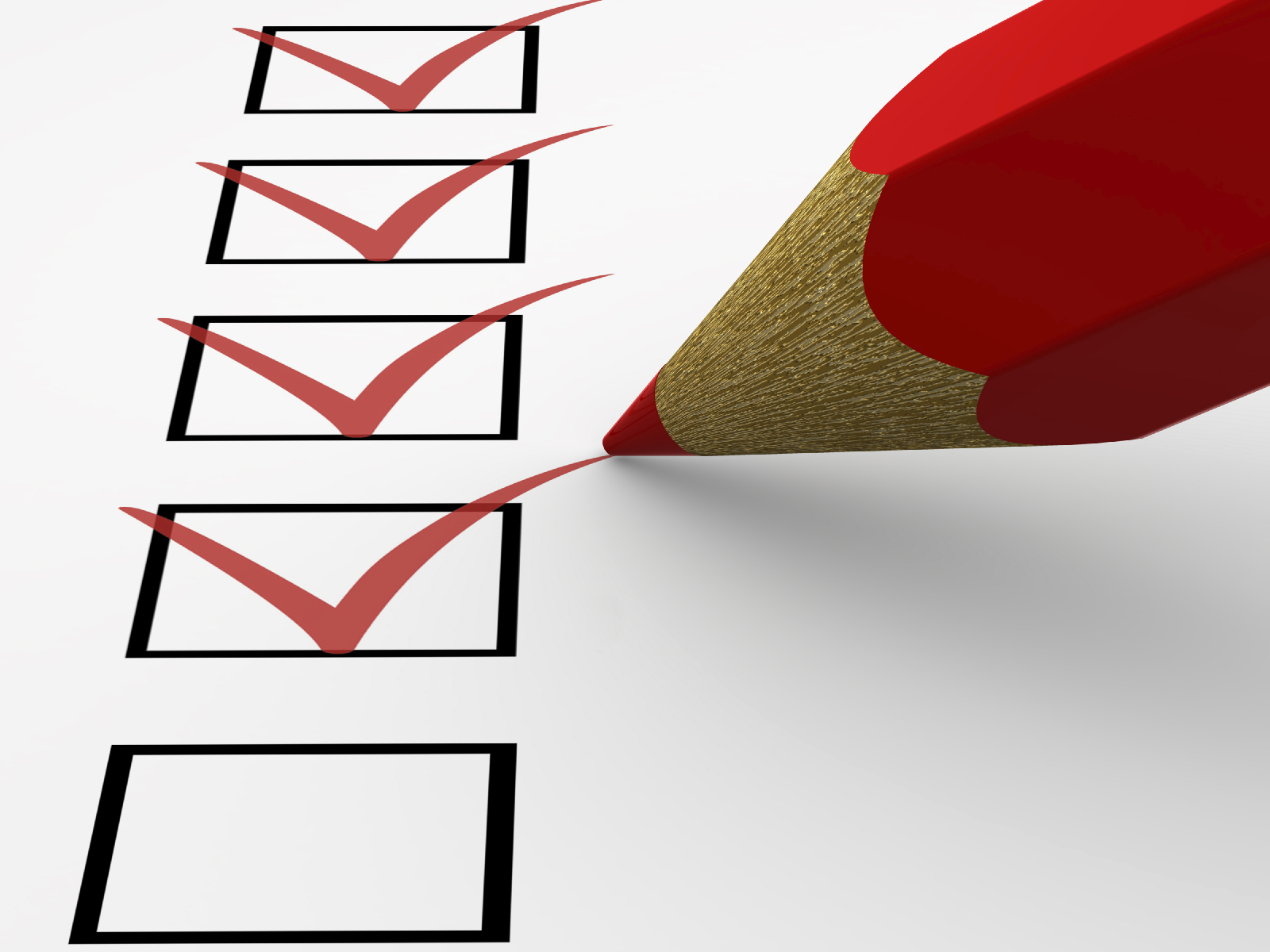Willpower is not enough
Any plan that depends on willpower for success is doomed.
Success in anything is largely based on rhythm and the ability to take gradual and reliable steps toward your goal. Crunching away at the 10,000 hours of mastery required to become excellent at a skill is not going to come from a few good bursts of training; it’s going to come from regular methodical practice over weeks and years.
Willpower is one of your most limited and tenuous resources. One’s will is too closely influenced by one’s whims, emotions, and energy levels. If you’re going to practice regularly and methodically, you cannot rely on your ability to dig into your willpower reserve on a daily basis to get off the couch and start drilling. Instead, you need to use those fleeting moments of willpower to create systems that help you get going and stay going.
Planning for Success
If you have the will right now, don’t spend it on practice. Use those will-points on this instead:
1. Write down your training goals.
Create SMART goals. You can read more about that in my training journal post.
You can revise them later, so don’t get stuck here. Put some ideas down and move on to step 2.
2. Create a simple system and rhythm.
Here are some examples of ways to set up a schedule. The more basic, the better:
- “I’m going to go to class on Mondays and Wednesdays and practice on Fridays for 1 hour.”
- “I’m going to practice cutting drills for 5 minutes everyday between classes.”
- “I’m going to train every morning for 30 minutes. Mondays and Wednesdays on solo movement. Tuesdays and Thursdays on combative drills.”
The regularity is more important than the details at this stage. Don’t go overboard. In fact, you might want to cut your first scheduled plan in half. That way, once you’ve done the first portion for a month, you can increase it by adding on the second part.
3. Put it in your schedule.
There are all sorts of ways to keep yourself organised. Some favour technology while others prefer to use analog systems. Here are the basic ways to keep track:
- Put your training plan in your smartphone calendar app (with beeping reminders).
- Put a calendar on the mirror of your bathroom or the inside of your house’s front door.
- Put it in your portable agenda.
Treat these scheduled times like you would any other important meeting — i.e. don’t schedule over them and tell your friends you’re busy then.
4. Setup Accountability
Tell your training partners, your friends, your partner, post it on Facebook. Make your schedule public so you’re more accountable to it. Social pressure can be really powerful.
Make an accountability partnership with a friend. Set a time to check in with each other each week about your systems and goals.
5. Get clever and target your blocks.
If you have a hard time following your own schedules or keeping your own commitments right now, email a buddy and invite them to join you in your training.
Or, link your practice to something you already do (like practicing while you watch your favourite TV show, or on your lunch break).
Or, pay for classes, or a personal trainer, or a coach. I didn’t get into a regular yoga practice at home until I was paying for a regular yoga practice at a studio. I always made it to those studio sessions because I’d paid for them. When I made it to the studio regularly it made it easier for me to start and renew my at home practice.
In Closing…
If you have the will right now, use it to put your system in place. Even taking one step, particularly around accountability, can be the difference between stalling and starting.
If you fall off the wagon, get some help. Review your goals and your system. See how a friend or mentor might be able to help you create a system you can really keep up with.
You are not lesser if you struggle with willpower. You’re human. Be clever about how you get and stay on track. Making things easier is not cheating.
PS. There are still a few spaces in my October (17th to 21st) Rapier and Longsword Instructor Intensive. It’s an intense, inspiring, and rewarding week for aspiring teachers and dedicated practitioners. Check out the details here.
